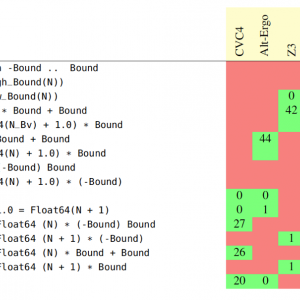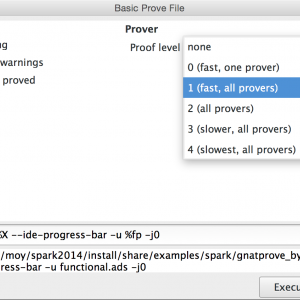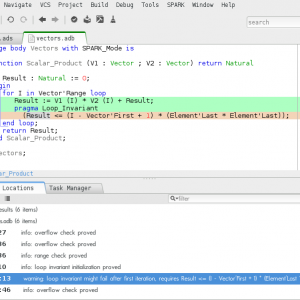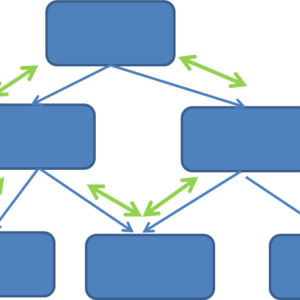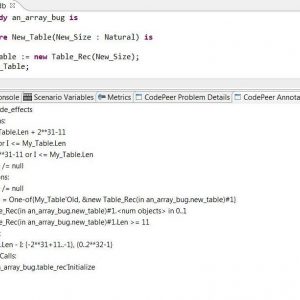BACK TO THE BUILDING BLOCKS: AdaCore’s Contributions to Secure and Measurable Software
The focus on enhancing cybersecurity through various technological approaches and methodologies, as detailed in the White House Office of the National Cyber Director’s (ONCD) document titled “Back to the Building Blocks: A Path Toward Secure and Measurable Software" underscores a pivotal shift in how organizations, especially those at the helm of technological innovation, must adapt and respond to the ever-evolving landscape of cyber threats. This document provides an overview of some strategies and technologies that are critical in bolstering cybersecurity defenses.

